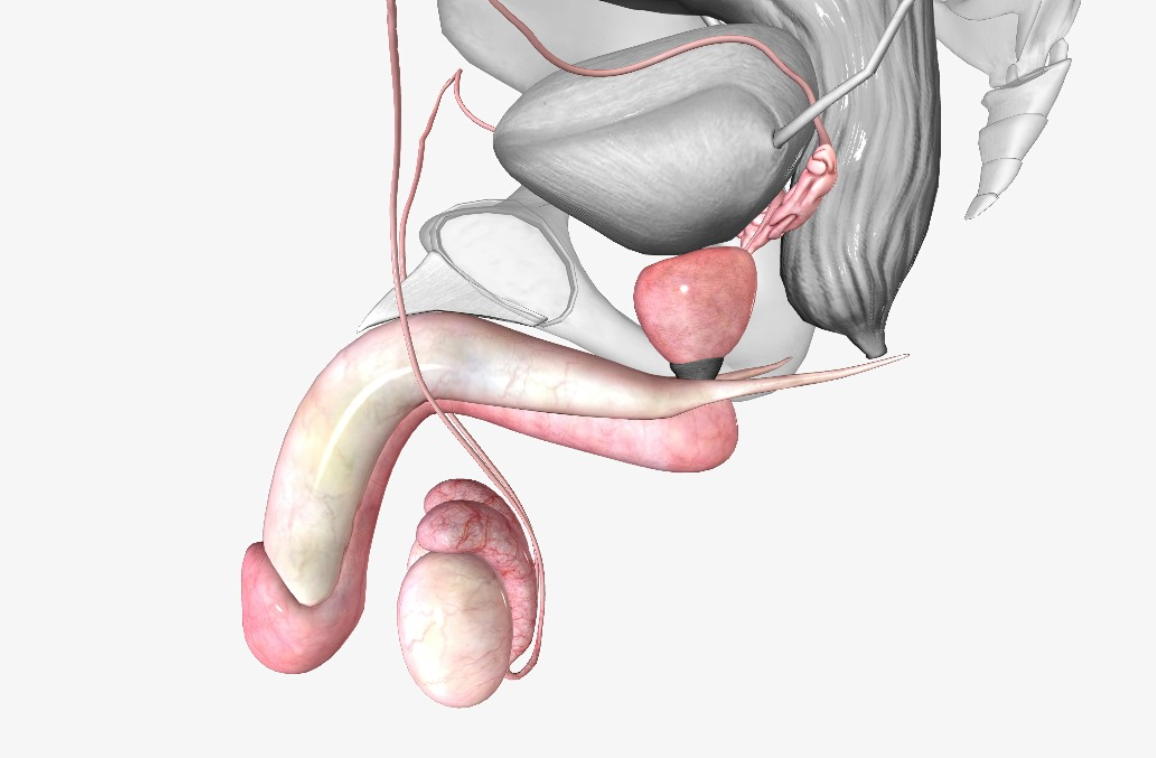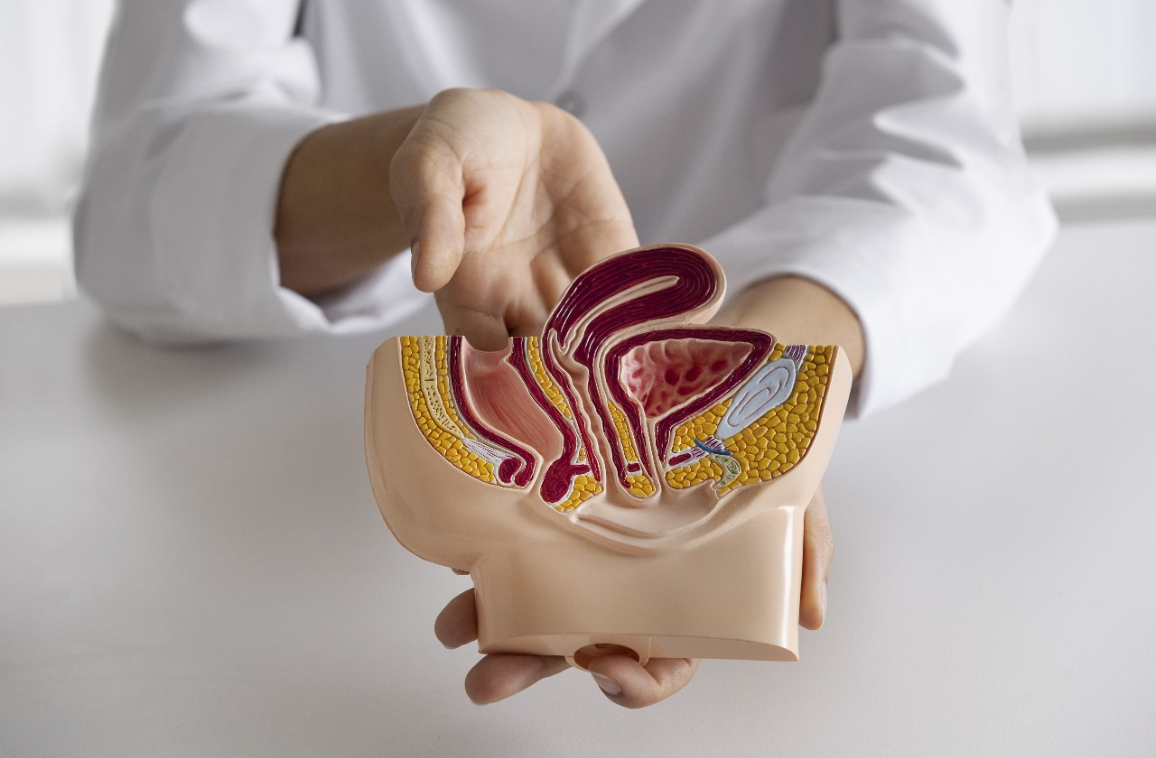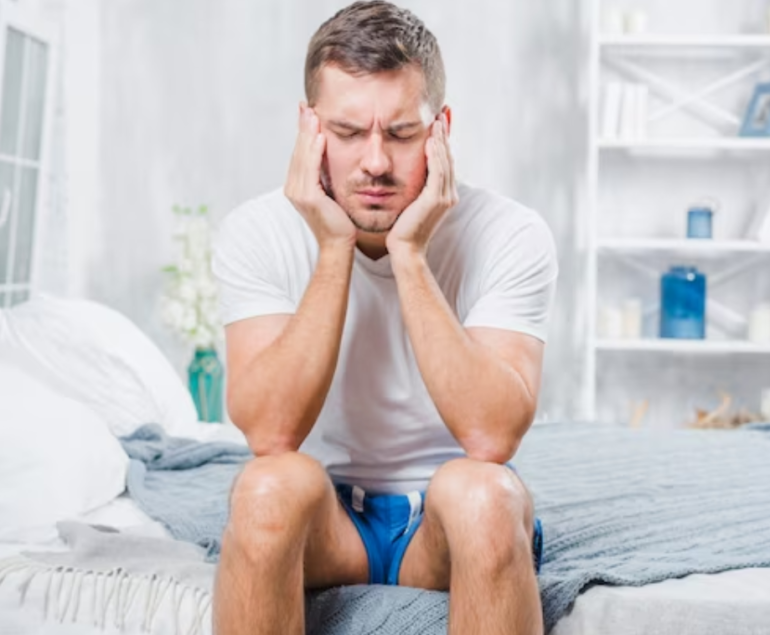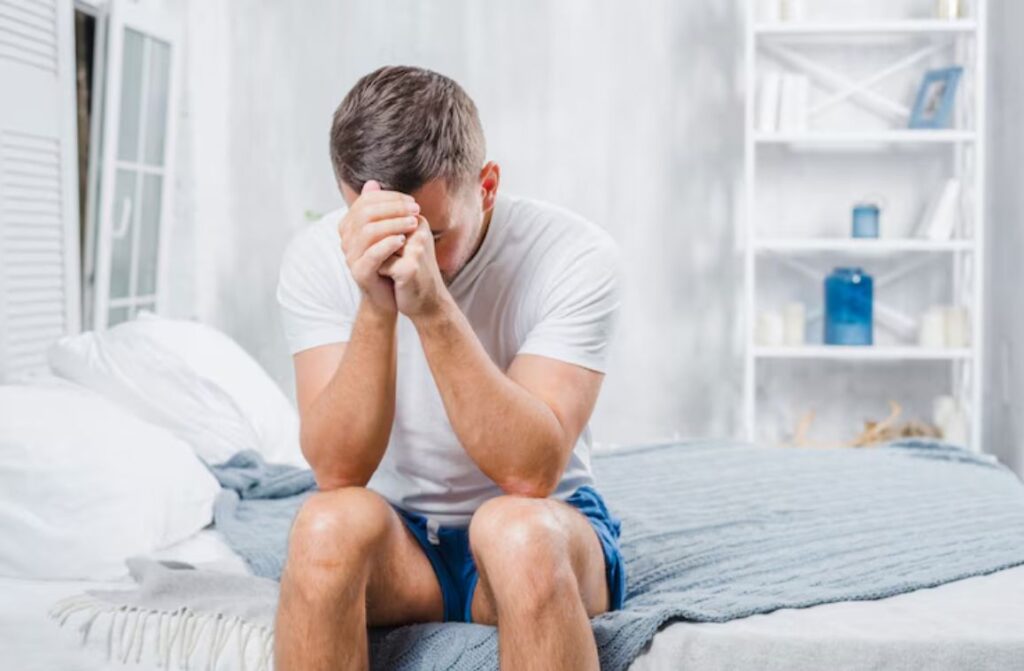It is common for a penis to curve slightly, and it typically does not cause any problems. Yet, if a person has a penile curvature that causes pain or difficulty when having sex, they may prefer to consider treatments.
The penis happens to be the male sex organ, and its primary functions include reproduction and urination.
Penile curvature that does not usually cause much discomfort is normal. A curved penis is considered to be a physical condition where a bend occurs in the penis during an erection. It may indeed be present at birth or even develop later in life. Few people may refer to penile curvature as bent penis, fibrous penis, or even Peyronie’s disease.
Causes and risk factors
A curved penis is normal, and several people have a slight bend or curve in their penis. A person may first notice the curve during puberty or may even recognize it as always being slightly curved.
A significant curve can cause pain or discomfort when a person has an erection and can occur due to a congenital or acquired condition.
Peyronie’s disease
Peyronie’s disease is considered to be a condition where fibrous scar tissue, also referred to as plaques, forms under the skin anywhere on the penis. These hard plaques can indeed be painful and also cause the penis to curve during erections.

Experts are not aware of the exact cause of Peyronie’s disease. It is possible that a past penile injury (like during sex, sports, a fall, or a car accident) could be a cause. An underlying autoimmune disease can also lead to Peyronie’s disease.
Congenital penile curvature
Congenital penile curvature, or chordee, is, of course, a rare condition that is present from birth. The exact cause is unknown; it results from the penis not actually developing in a typical way in the womb. It can mean elastic tissue, tethering, or scar tissue causing a noticeable curve.
Hypospadias can also occur with congenital penile curvature.
Autoimmune conditions
Autoimmune conditions are when the immune system attacks the body’s own healthy tissues. Peyronie’s disease is associated with autoimmune conditions like lupus, Behçet’s syndrome, and Sjogren’s syndrome.
Penile fracture
A penile fracture occurs when an erect penis bends forcefully and suddenly. As the penis has no bones, a penile fracture is no doubt an uncommon injury caused by rupturing thick tissue inside the penis, known as the tunica albuginea.
Most penile fractures do occur with direct trauma at the time of sexual intercourse. Other causes can include:
- Vigorous masturbation.
- Falling or even rolling over onto an erect penis.
- Injury to the penis from sports, a car accident, or perhaps direct physical trauma.
- Quickly putting on or even taking off clothing when the penis is erect.
Connective tissue disorders
Connective tissue supports and also joins tissues and organs in the body, like the joints, muscles, and skin. Connective tissue disorders are linked to the curved penis and include:
- Dupuytren’s contracture.
- plantar fasciitis.
- scleroderma.
Symptoms
- A sudden snapping, popping, or even cracking sound at the time of injury.
- A quick loss of erection.
- Immediate pain and swelling in one’s penis.
- Purplish discoloration and bruising of the penis and genital area.
- Blood at the tip of the penis.
With Peyronie’s disease, the curvature may occur suddenly or even gradually.
Additional symptoms of Peyronie’s disease:
- Flat, hard lumps under the skin on one or even more sides of one’s penis.
- The penis significantly curving to one side with or even without an erection.
- Narrowing or shortening of a person’s penis.
- Painful erections.
- Erectile dysfunction.
- Inability to penetrate the sexual partner.
Treatment options
A mildly curved penis that does not cause discomfort needs no treatment. When a curved penis causes pain, sexual dysfunction, or even urinary problems, treatment is usually necessary.
Treatments:
- Penile traction therapy.
- Oral medications, including over-the-counter anti-inflammatory medications, are used to relieve pain.
- Penile injections.
- Surgery.
Conclusion
The popular treatment is a combination of oral, topical, injection, and traction therapies for his health condition.









